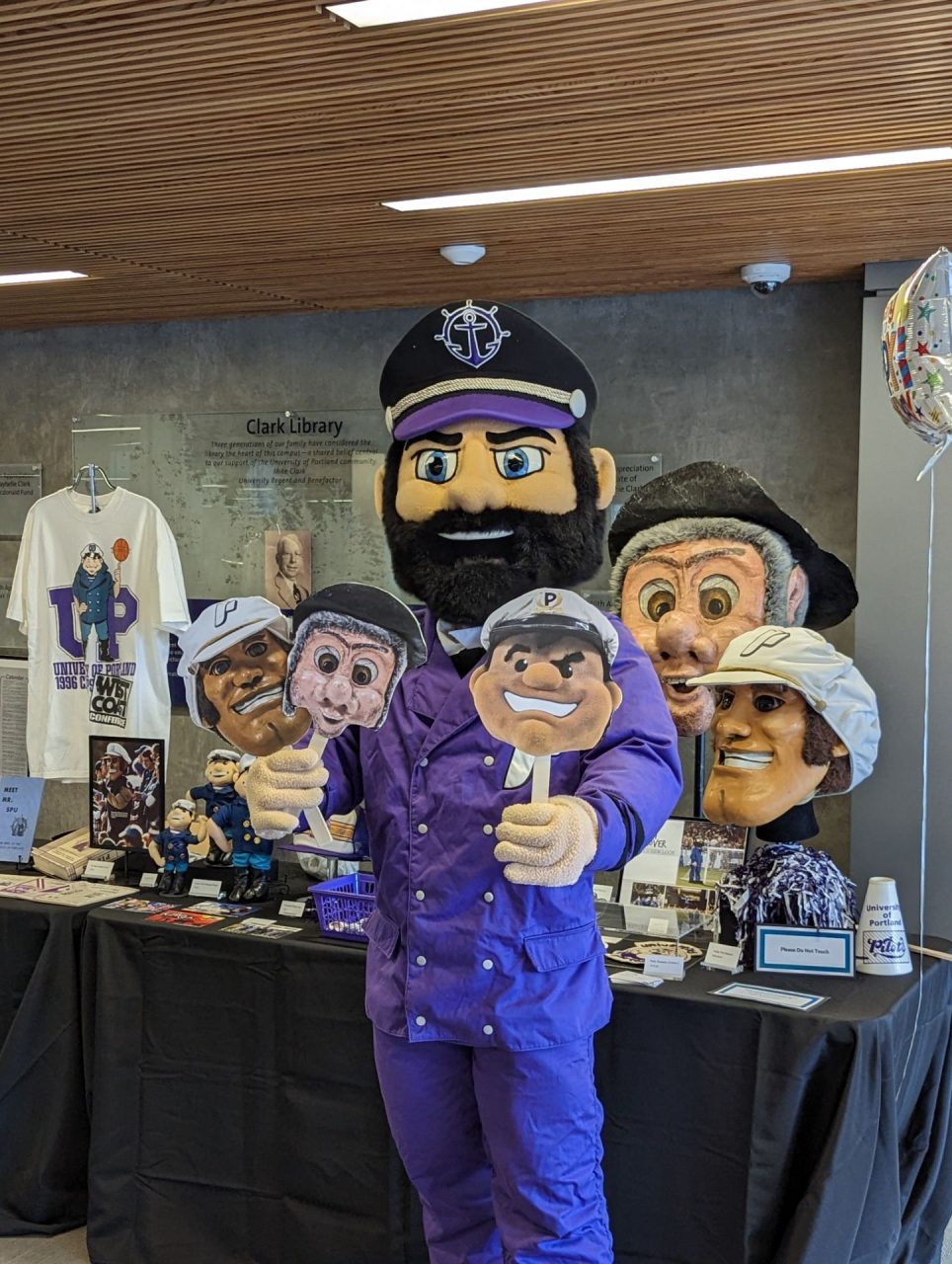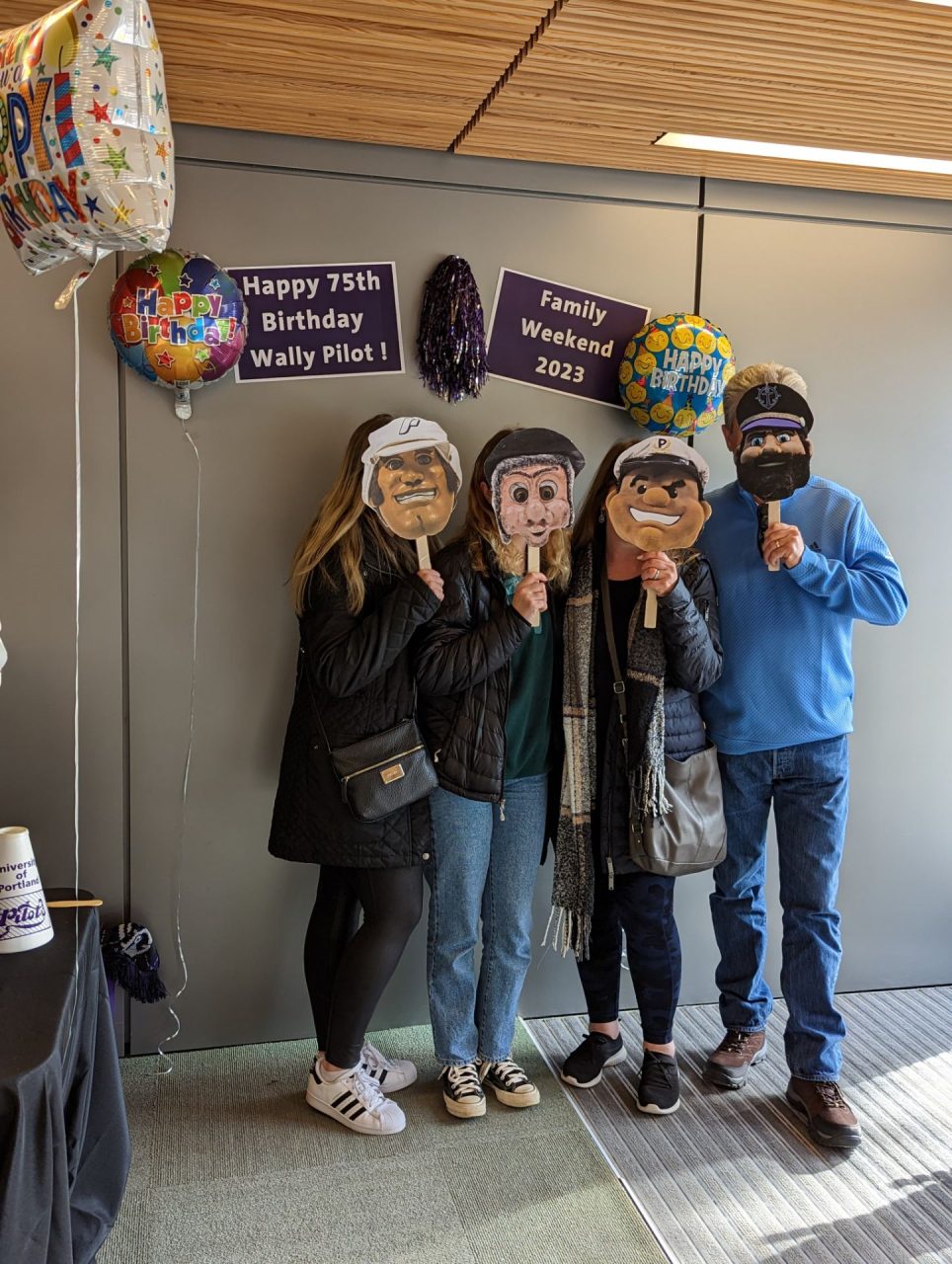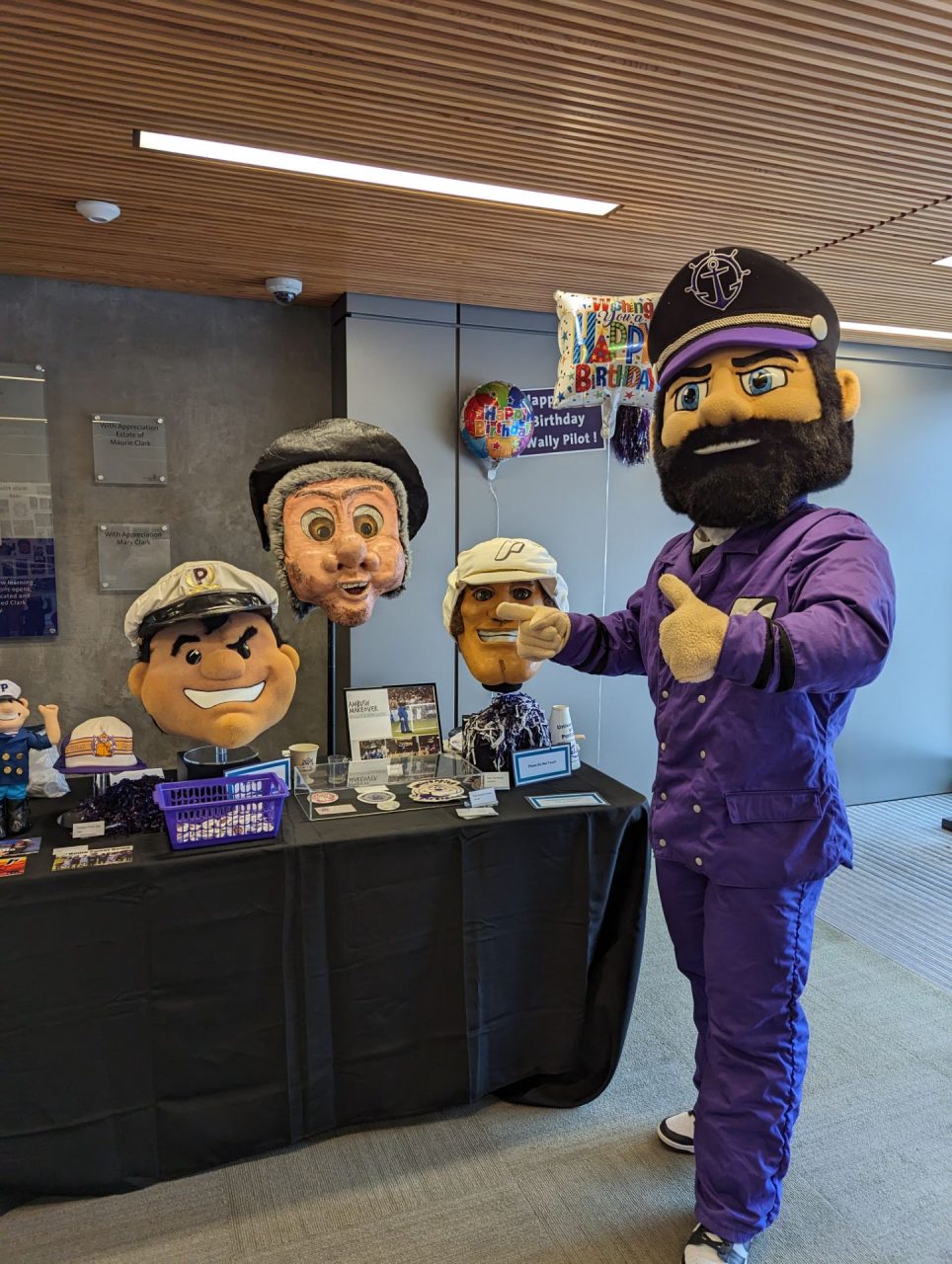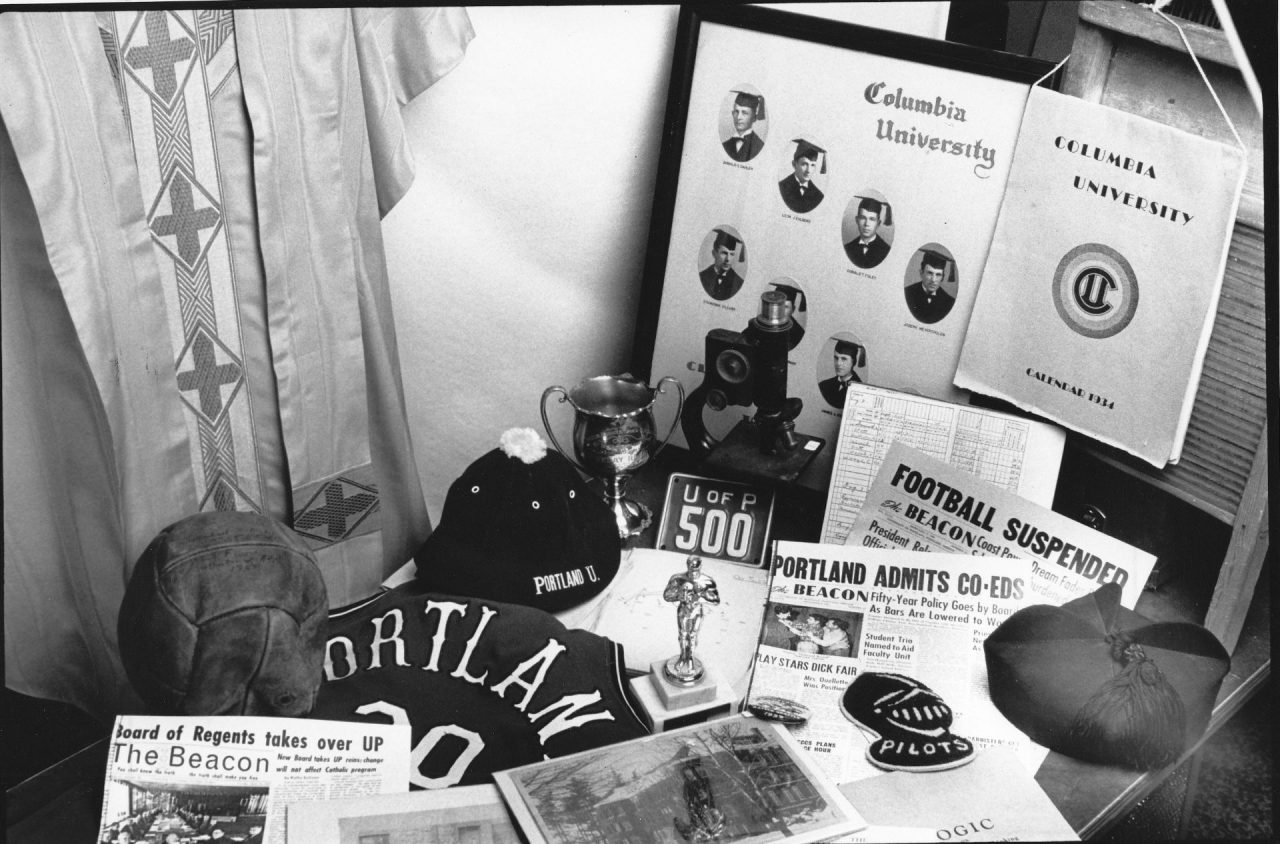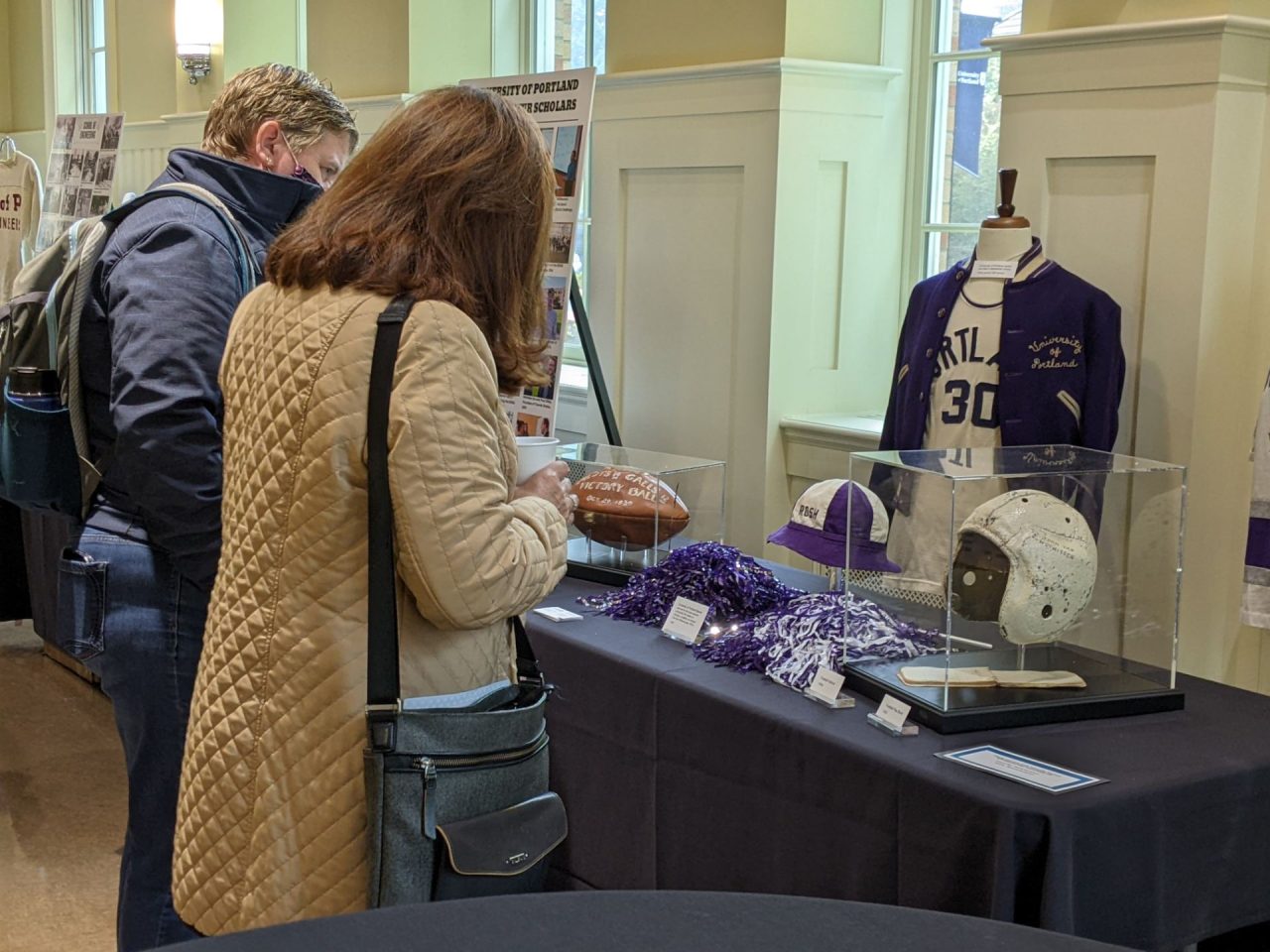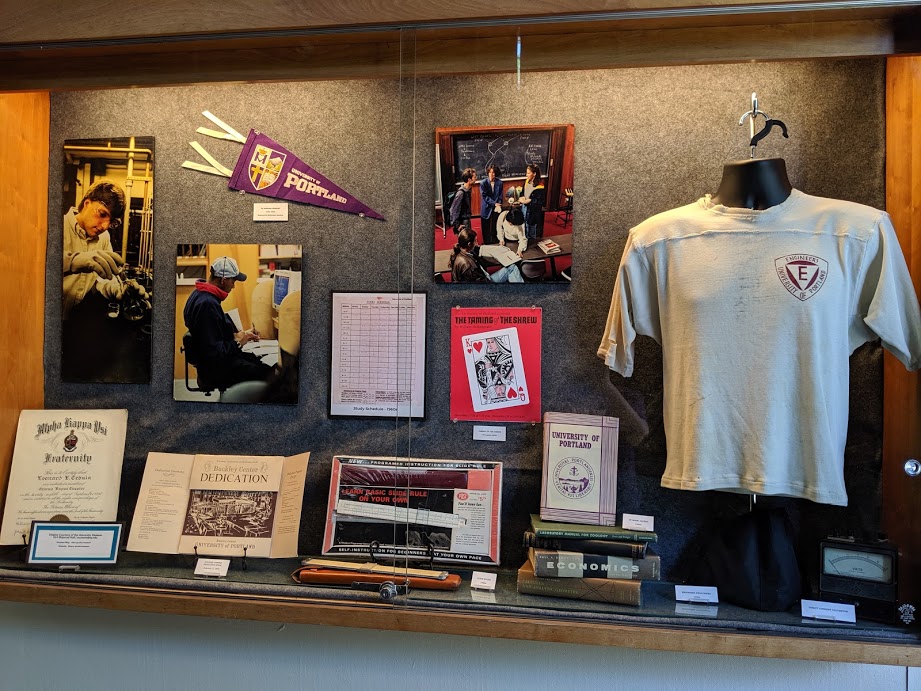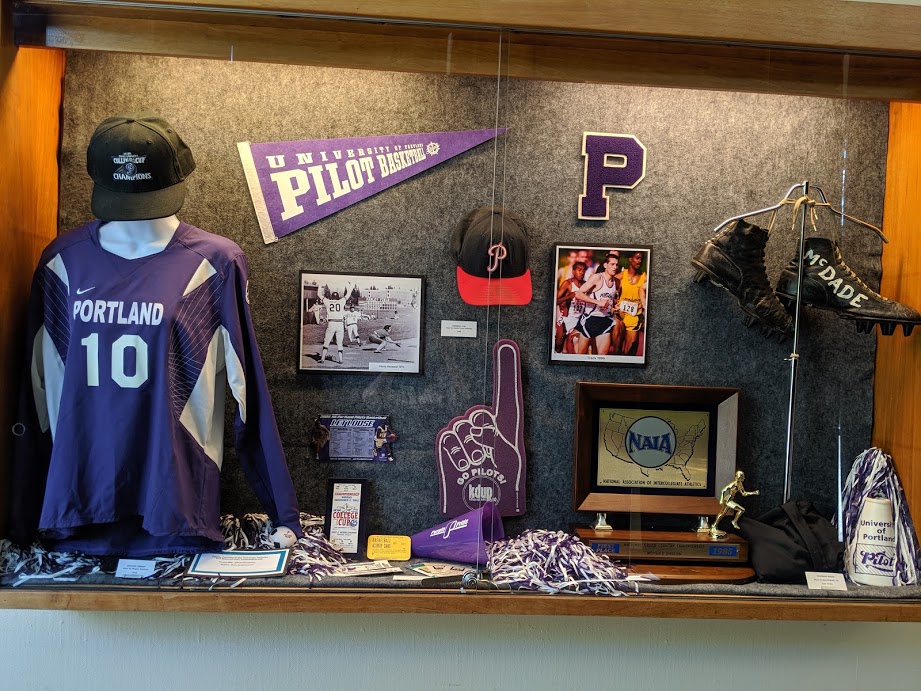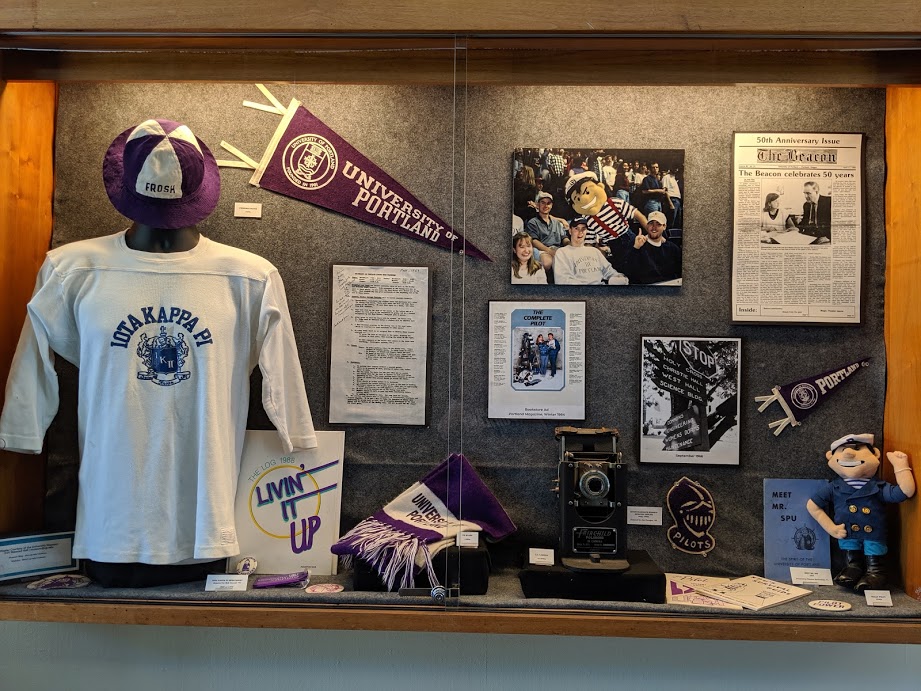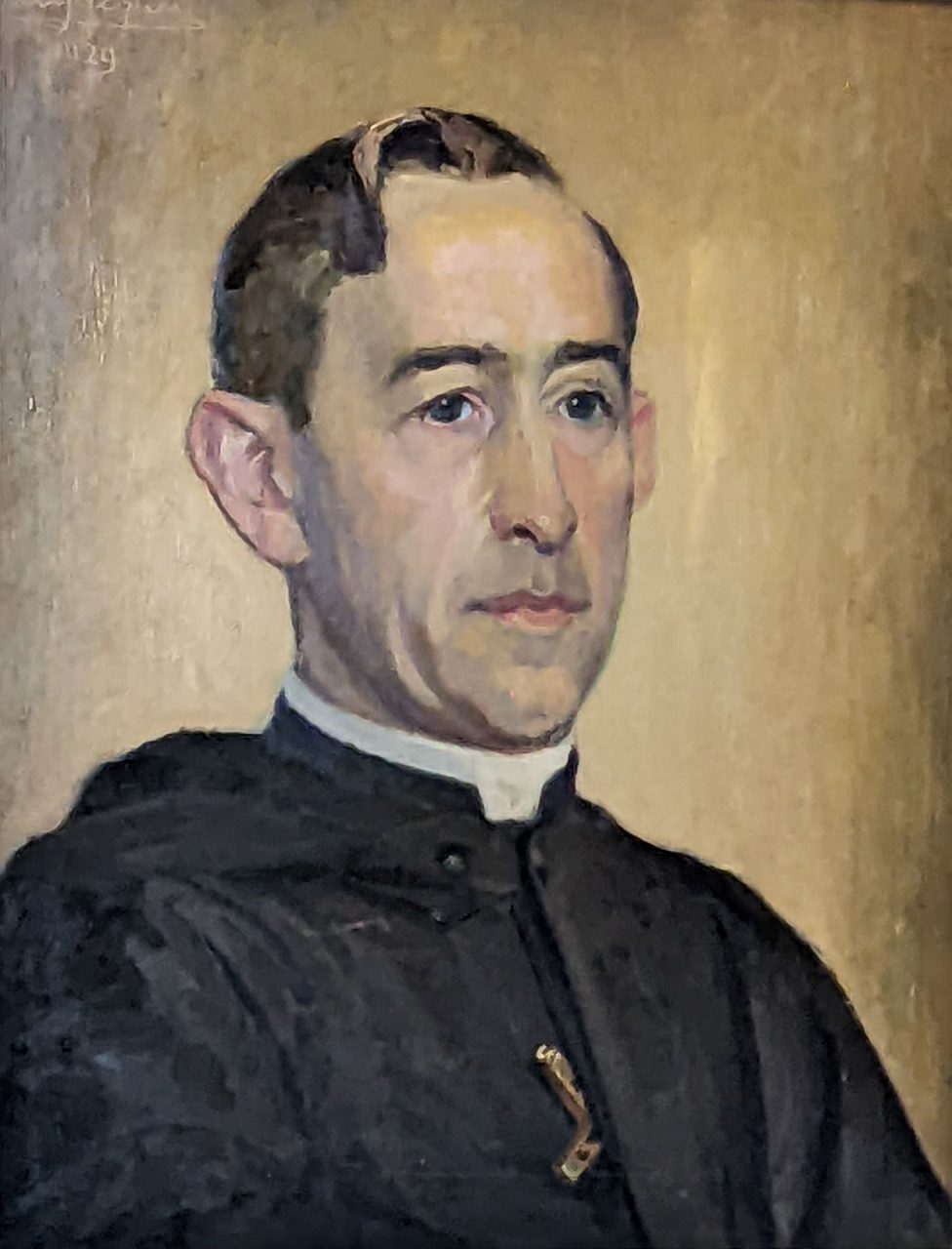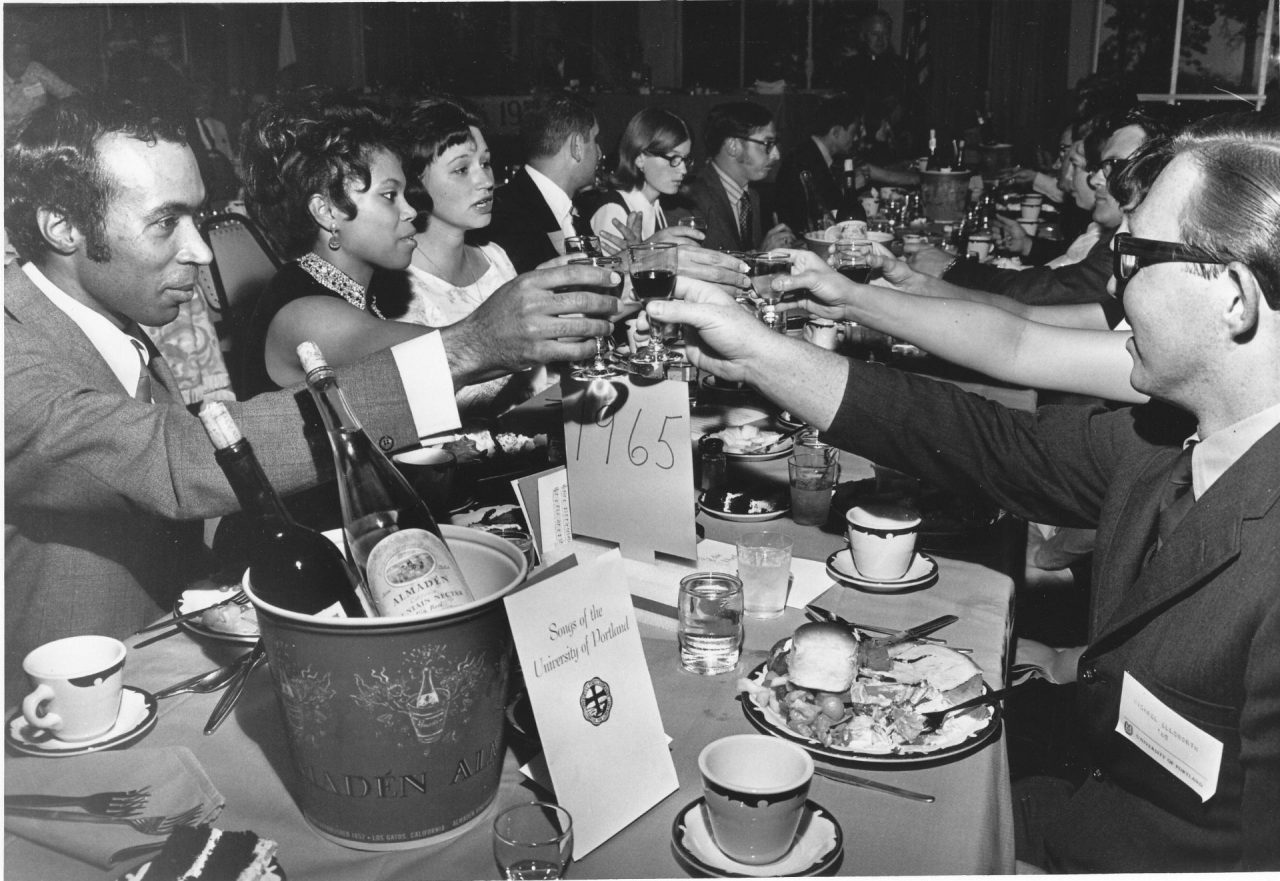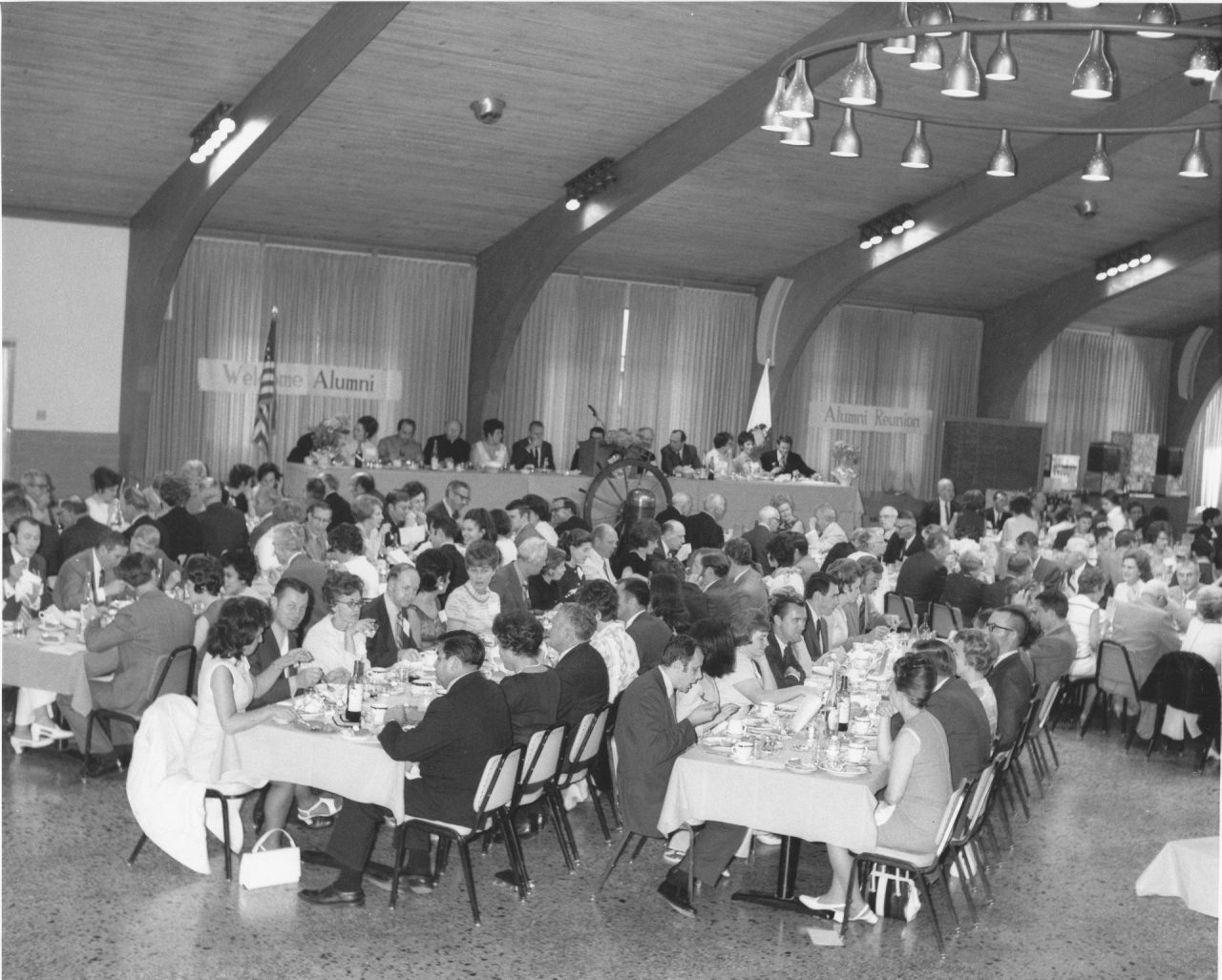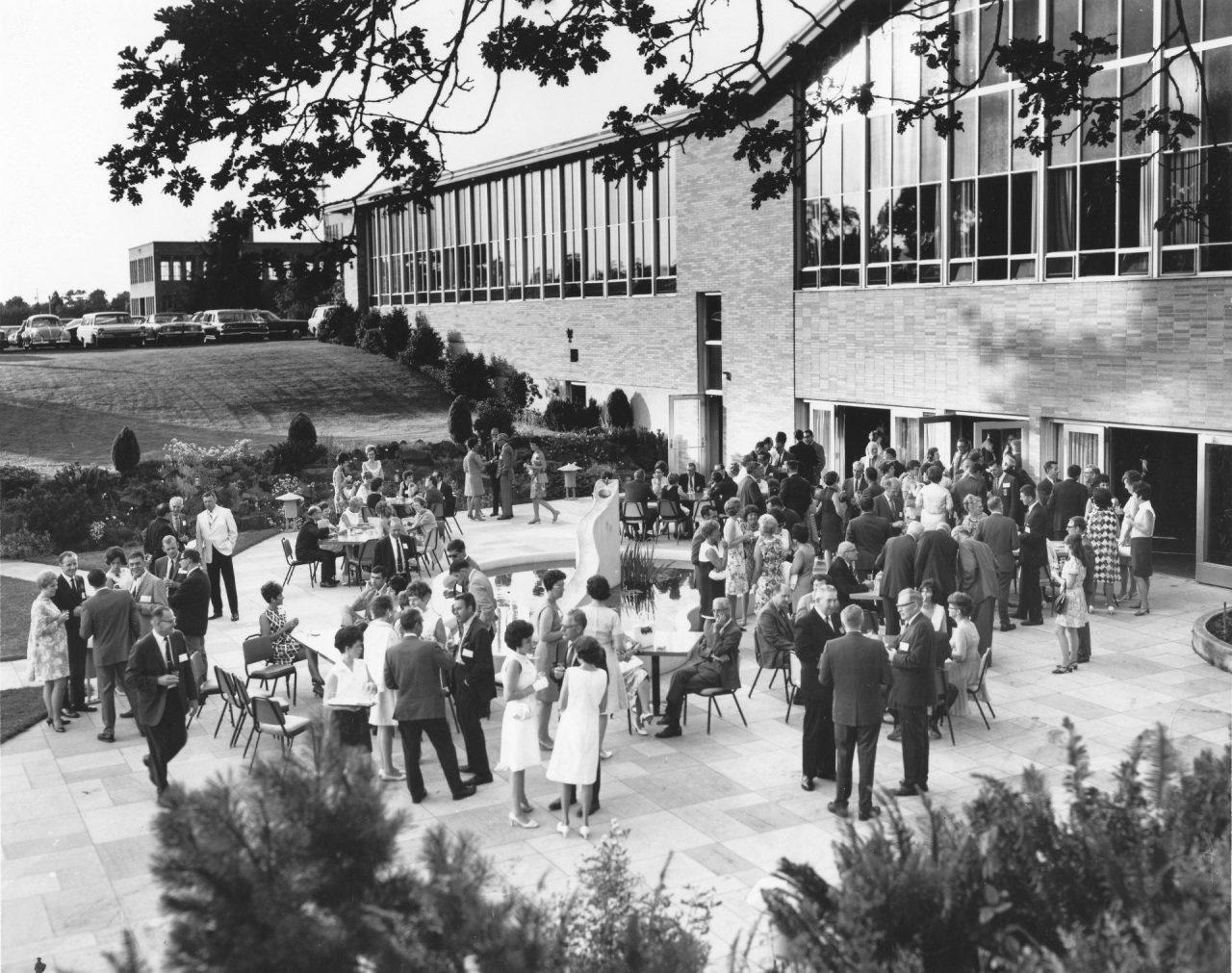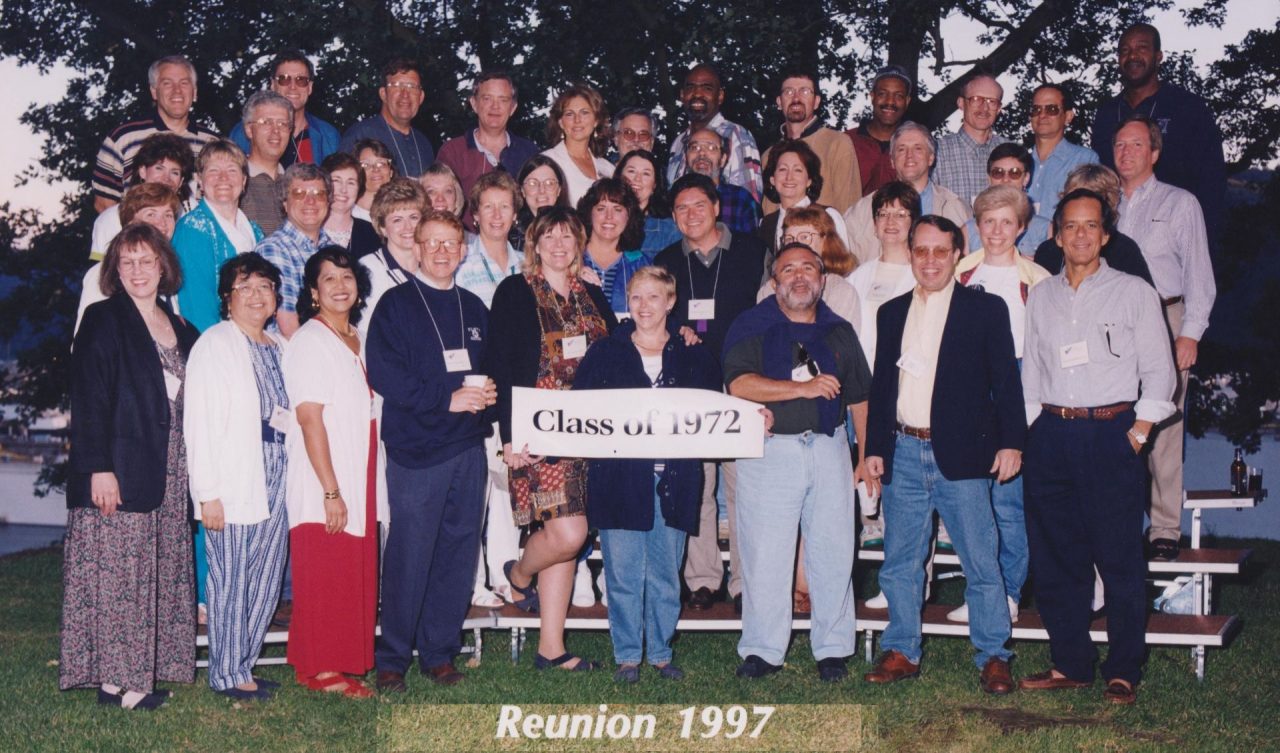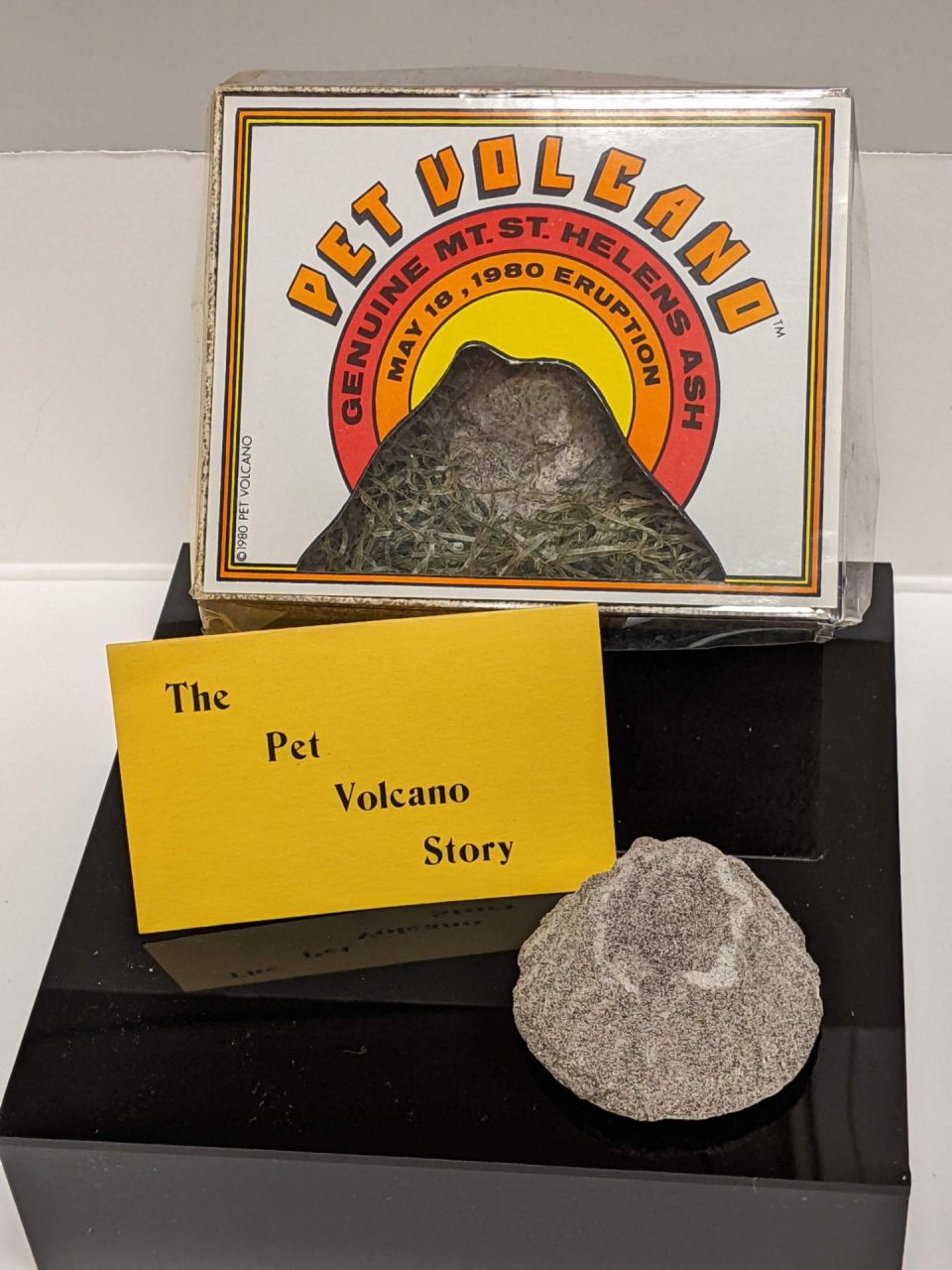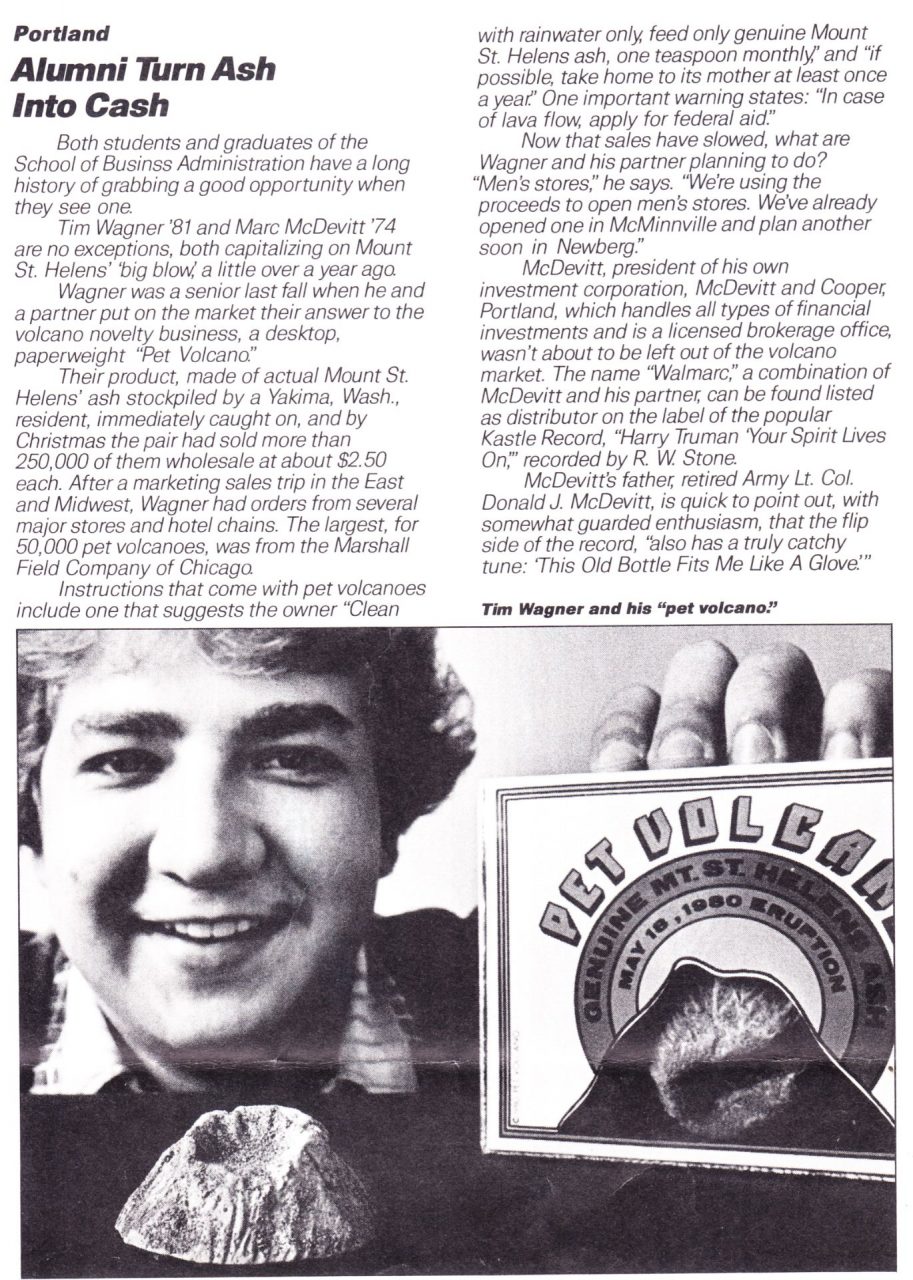Happy Birthday to Clark Library – three times over!!!
- For the 65 years since the dedication of the first library building on November 30, 1958
- For the 45 years since the library burst open and doubled in 1978 (dedicated on January 27, 1979)
- For the 10 years since the blessing and dedication of the remodeled, renovated, and reimagined Clark Library on September 27, 2013
As the library building has changed in size and shape over the years, so too, have Clark Library’s services and collections, ever evolving and changing to meet the needs of students, faculty and staff, on campus and beyond, both physically and virtually. A library with endless boundaries; always welcome and open to all who seek, learn, and discover.
Slideshow of the library over the years
Related posts about the Library
Brother David Martin, CSC., Library Director, 1928-1966
Rev. Joseph Browne, CSC, Library Director, 1966-1970; 1976-1994




































